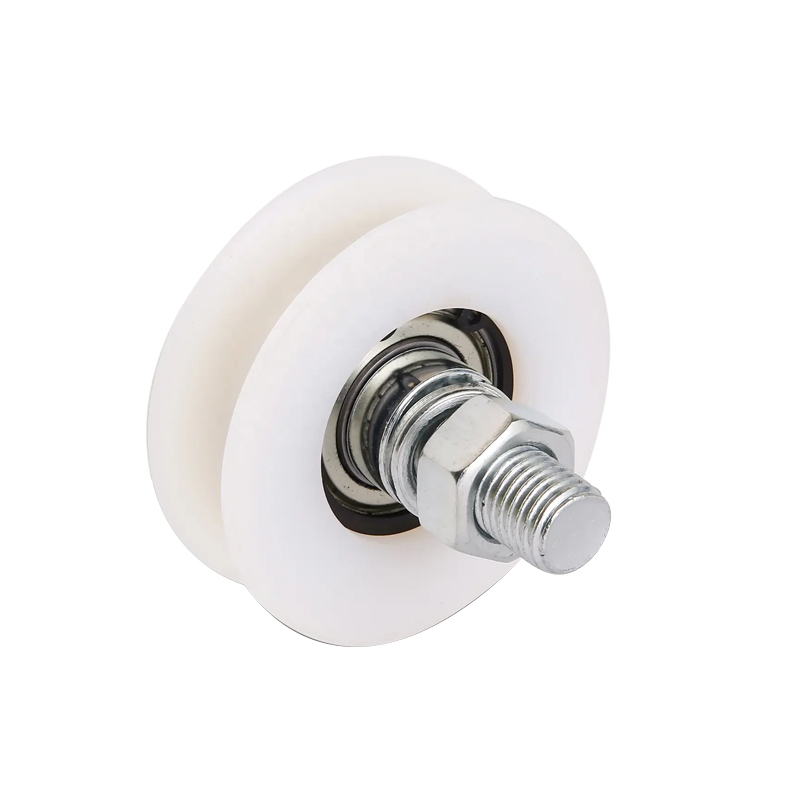No. 200 Gaoxin RD, Shanghua St, Lanxi, Zhejiang, P. R China
The Rack Pinion Gear for automatic door openers is a crucial component...
See DetailsThe decision between installing a sliding wheel door and a traditional hinged door often depends on the intended use, available space, and desired functionality. While both door types serve the same primary purpose—allowing entry and exit—they differ significantly in structure, operation, and application.
A sliding wheel door operates on a track system, where wheels—attached to the top, bottom, or both—enable the door to glide horizontally. This mechanism contrasts with traditional hinged doors, which swing open and closed on a fixed hinge. Because of this basic difference, the two types of doors influence interior design and functionality in distinct ways.
One of the main advantages of a sliding wheel door is its space-saving nature. Unlike a hinged door that requires clearance to swing open, a sliding wheel door moves along the wall or into a recessed cavity, needing no additional floor space. This makes it a practical choice for smaller rooms or tight corridors where space is limited. In environments like offices, closets, or minimalist residential designs, this benefit alone can influence the preference for a sliding wheel door.

Durability and maintenance differ as well. A traditional hinged door relies heavily on its hinges, which may wear out or become misaligned over time with frequent use. A sliding wheel door, on the other hand, distributes its weight along the track and wheels. When constructed with quality materials and maintained properly, the sliding mechanism can offer smooth and consistent performance. However, tracks can accumulate dust and debris, and the wheels can wear down, requiring periodic attention to keep the door functioning properly.
Aesthetic appeal also plays a role in the comparison. A sliding wheel door can offer a sleek, modern look and is often used in contemporary or industrial interior designs. It can be constructed from a range of materials including glass, wood, or metal, offering flexibility in style. Traditional hinged doors are generally more familiar and versatile, blending with classic or rustic aesthetics. The choice between the two may depend heavily on the desired visual impact.
Functionality and accessibility may also differ. A traditional hinged door can provide a wider and quicker opening with a single motion. In contrast, a sliding wheel door may require a two-step motion—grasping the handle and sliding it across the track—which might be slower for some users. However, in commercial or high-traffic areas, automated sliding wheel door systems can improve accessibility by allowing hands-free operation, which is not typically possible with standard hinged doors.
Noise is another consideration. A traditional hinged door may produce creaking or slamming sounds depending on the hardware and usage habits. A sliding wheel door, especially one with soft-closing features, tends to operate more quietly. This can be useful in settings such as libraries, bedrooms, or shared office spaces where noise reduction is valued.
In terms of installation, a traditional hinged door generally requires a simpler setup involving hinges, a frame, and a latch system. Installing a sliding wheel door may involve more complex steps, including mounting tracks and ensuring proper alignment of the wheels. However, for many users, the benefits of space efficiency and unique aesthetics outweigh the more involved installation process.
Both sliding wheel doors and traditional hinged doors offer distinct benefits depending on the environment and user priorities. A sliding wheel door stands out for its space-saving design, contemporary look, and quiet operation, while a traditional hinged door remains a reliable and straightforward solution. The choice between them should reflect the needs of the space, usage patterns, and personal or architectural preferences.